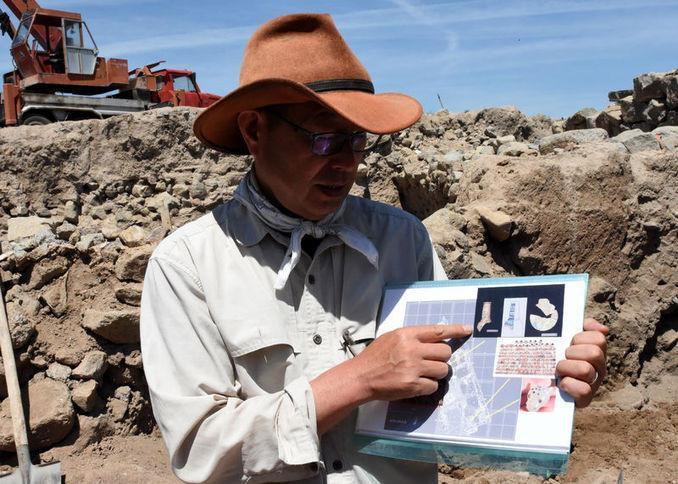
After completing his university education with a scholarship in Turkey, where he came for a touristic trip in 1981, a Japanese archaeologist has been continuing his excavations in various parts of Anatolia for the last 40 years.
Kimiyoshi Matsumura has been unearthing artifacts from ancient civilizations for nearly 40 years, traveling every inch of Anatolia.
Matsumura’s passion for Anatolian history started when he explored Kalehöyük in the Central Anatolian province of Kırşehir and Büklükale in the Central Anatolian province of Kırıkkale during his first trip.
Matsumura completed his archaeology education at Ankara University with a scholarship. He has been participating in excavations in Kalehöyük since 1985 and in Büklükale since 2009.
Working as a faculty member at Ahi Evran University and presiding over the excavations in Büklükale now, Matsumura is striving to complete the excavations he is carrying out with great passion.
“Turkey is a very rich country about ancient civilizations. There’s a lot of work to be done. We haven’t been able to finish anything until now. We have to continue,” Matsumura said.
Giving information about the ongoing excavations in Büklükale, Matsumura stated that they carried out a sounding excavation in the lower part of the area this year.
The Japanese academic noted that they identified the settlements belonging to the Seljuk period within the scope of the latest fieldwork.
During the excavations carried out in previous years, four cultural layers were identified: the Ottoman period in the first layer, the Iron Age in the second layer, the Late Bronze Age in the third layer and the Old Bronze Age in the fourth layer.